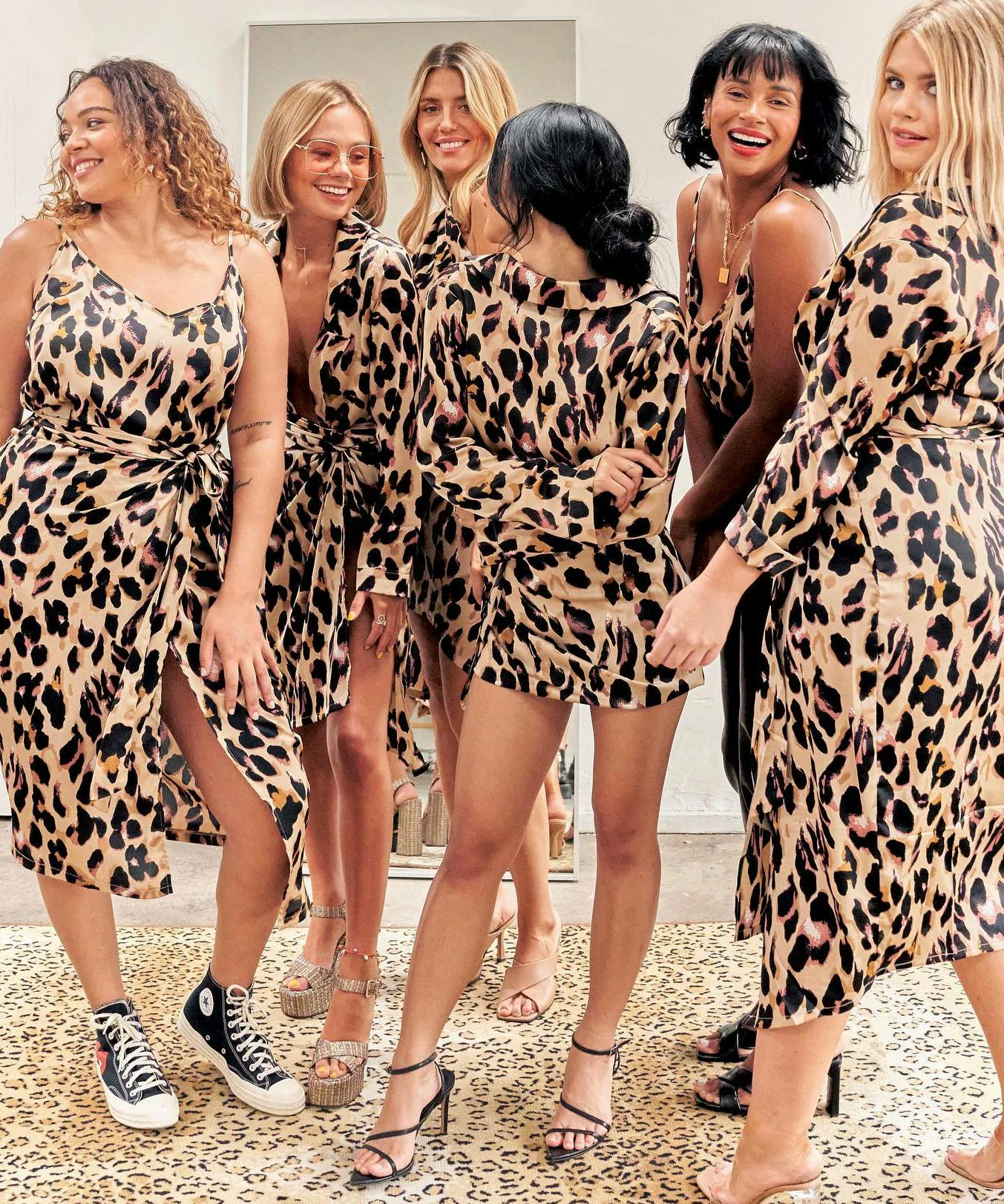Let's Talk About The Real Reason The Fashion Industry Doesn't Make More Plus Size Clothing
As our society acknowledges beauty in all shapes and sizes, why haven’t we seen more extended sizing in the fashion industry? Consumer demands are trending to larger sizes, and yet fashion companies are still not making plus size a priority.

There are a few considerations that stand in their way, and I think these will be the top issues that fashion companies will have to face in the coming years.
An Outdated Sizing System
First, let’s talk about sizing. The system of numbers and letters that we use to categorize clothing has been turned into a vanity metric that has no real standards. In 1958, the number sizing system was created based on bust size using arbitrary numbers from 8 to 42. This sizing system was not very popular, so it was quickly modified in 1970, taking advantage of consumer body image aspirations. They began using smaller numbers like 2, 0, and even 00. The size on the label was reduced to encourage customers to buy the garment and used as a marketing tool instead of a vehicle for sizing. Today, this sizing system is becoming increasingly outdated as the average woman is now larger than ever before.
When clothing stores stick to the standard 0-10 or XS-XL, they’re leaving out 70% of the American population.
The average U.S. women’s dress size is between 14 and 16, meaning that plus size is the new average, although it’s not typically thought of that way. And only 18% of the clothing sold in 2016 was considered plus size. The women’s plus-size apparel market was valued at 9.8 billion dollars as of 2019. So what are we waiting for? It’s clear the sizing system is flawed and outdated, and the market research shows the demand for plus size is here!
The Fabric Costs
One issue brands face is that plus sizes use significantly more fabric than a “typical” size run of small to large. When fashion companies consider producing plus sizes, they will likely use one to two times the amount of fabric as a size small, which increases the costs greatly. If they keep the price the same across all sizes, then they lose their typical profit margin. It leaves companies in a bind over profits. They’re reluctant to produce the larger sizes because they ultimately cost more.
Plus sizes use significantly more fabric than a “typical” size run, which increases the costs greatly.
Brands could decide to increase the price on their plus size styles to cover fabric costs, but consumers will inevitably question the equality of making those with a larger body type pay more. One solution is to start offering extended sizing and mark up the price of all their products to account for the increase in materials. If they can create a fair profit margin across all sizes, then extended sizing will be a worthwhile investment.
Perfecting the Fit
Another challenge brands face is creating a flattering garment for all body types. The fashion industry standard for sizing and fit is that all body types are proportionally the same, when in reality that is just not true. To convert a garment from a small to a large, the pattern is increased a few inches in length, bust, waist, and hips, but ultimately the shape of the garment stays the same.
Brands need to fit their garments on multiple body types to ensure a correct fit.
However, as body types change through different sizes, the same style won’t fall correctly on the body. Brands need to fit their garments on multiple body types to ensure a correct fit. The time and energy it takes to change a whole pattern and use multiple fit models is something many fashion companies choose not to invest in.
Marketing the Product
To successfully add extended sizing, brands have to break one of the “cardinal rules” of the fashion industry. Runways and magazines have taught the fashion industry to only use petite figures to showcase their products, and even consumers are conditioned to be attracted to a skinny model who probably doesn’t even look like them.
Even consumers are conditioned to be attracted to a skinny model who probably doesn’t even look like them.
Brands could start to showcase all body types on their websites and social media to attract plus-size customers and understand the demand for extended sizing. It may seem risky to many fashion companies because “it has never been done that way,” but that’s exactly why it needs to be done. Companies need to evolve, or they will get left behind and die out in the ever-changing fashion industry.
Closing Thoughts
Many consumers feel pressured to be a size small because they have been conditioned to believe it makes them a “better” or “more beautiful” person. But there are bodies of all sizes, and it may be time for the fashion industry to adjust to that reality. The hard truth is, though, that customers should prepare to pay more for what they want.
Just like fast, cheap fashion may be on its way out, fashion companies will probably need to adapt to the new consumer landscape. Just remember, ladies: Don’t blame only the fashion companies for the lack of diversity in clothing. The truth is, looking beautiful is expensive.